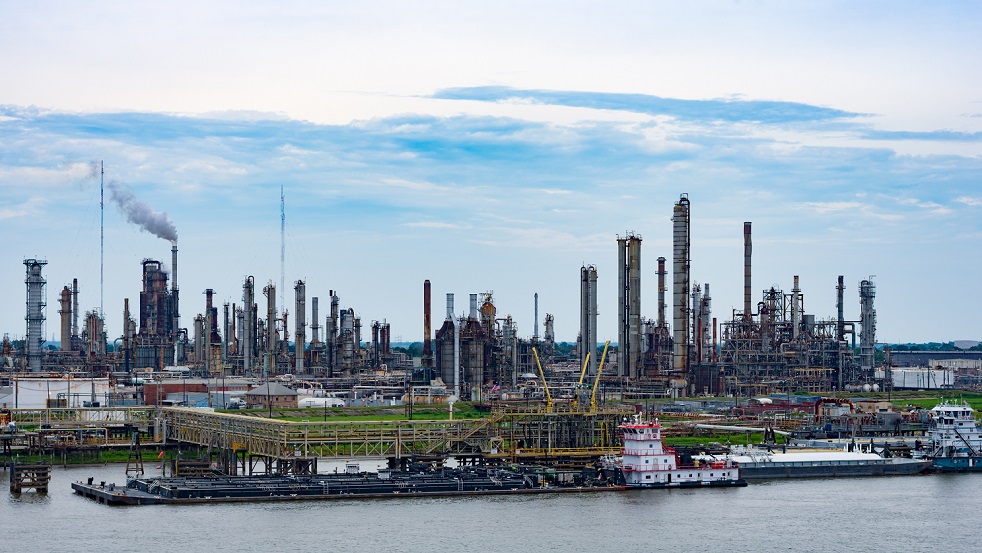The chemical industry plays a crucial role in the U.S. economy, providing essential products for various sectors, including agriculture, healthcare, and manufacturing. However, the industry also poses significant safety challenges. With the potential for hazardous chemical releases, explosions, and other catastrophic events, maintaining safety is paramount. Here are the top five safety issues currently facing the U.S. chemical industry.
1. Process Safety Management (PSM)
Process Safety Management (PSM) is a critical concern in the chemical industry, focusing on the prevention of releases of hazardous chemicals. The PSM standard, set by OSHA, requires companies to manage hazards associated with processes involving dangerous chemicals. However, compliance is often inconsistent, and lapses can lead to catastrophic accidents. Effective PSM involves rigorous training, regular equipment inspections, and thorough hazard analysis. Companies must continuously update their safety protocols to align with the latest industry standards and technologies to mitigate risks.
2. Chemical Storage and Handling
Improper storage and handling of chemicals is a significant safety issue. Chemicals must be stored under specific conditions to prevent reactions that could lead to fires, explosions, or toxic releases. This includes maintaining proper temperature, ventilation, and containment. Moreover, incompatible chemicals should never be stored together. Safety training for employees who handle chemicals is vital to prevent accidents. The use of advanced monitoring systems and strict adherence to safety guidelines can greatly reduce the risks associated with chemical storage and handling.
3. Occupational Exposure
Workers in the chemical industry are at risk of exposure to hazardous substances, which can lead to acute or chronic health conditions. Occupational exposure limits (OELs) are set to minimize these risks, but inadequate protective measures can result in overexposure. Employers must ensure that personal protective equipment (PPE) is provided and used correctly. Additionally, continuous monitoring of air quality in workplaces, regular health screenings, and adherence to exposure limits are essential to protect workers’ health.
4. Emergency Response Preparedness
Despite the best safety practices, accidents can still occur, making emergency response preparedness a critical aspect of safety in the chemical industry. Companies must have robust emergency response plans in place, including evacuation procedures, communication strategies, and coordination with local emergency services. Regular drills and training sessions help ensure that employees are prepared to act swiftly and correctly in the event of an emergency. A well-prepared response can mitigate the impact of an incident, saving lives and minimizing environmental damage.
5. Aging Infrastructure
Aging infrastructure is a growing concern in the chemical industry. Many chemical plants in the U.S. were built decades ago, and while they have been maintained, the wear and tear on equipment and facilities can lead to failures. Corroded pipelines, outdated control systems, and weakened containment structures pose significant safety risks. Regular inspections, upgrades, and maintenance are essential to prevent accidents caused by aging infrastructure. Investing in modernizing facilities not only improves safety but also enhances operational efficiency.
Conclusion
The safety issues in the U.S. chemical industry are complex and multifaceted, requiring constant vigilance and proactive management. By addressing these top five safety concerns—Process Safety Management, chemical storage and handling, occupational exposure, emergency response preparedness, and aging infrastructure—the industry can protect its workers, the environment, and the communities surrounding chemical plants. Ongoing training, investment in new technologies, and a commitment to safety culture are key to mitigating risks and ensuring a safer future for the chemical industry.
This blog post aims to raise awareness about the critical safety challenges in the U.S. chemical industry, emphasizing the need for continuous improvement in safety practices to prevent accidents and protect workers.

